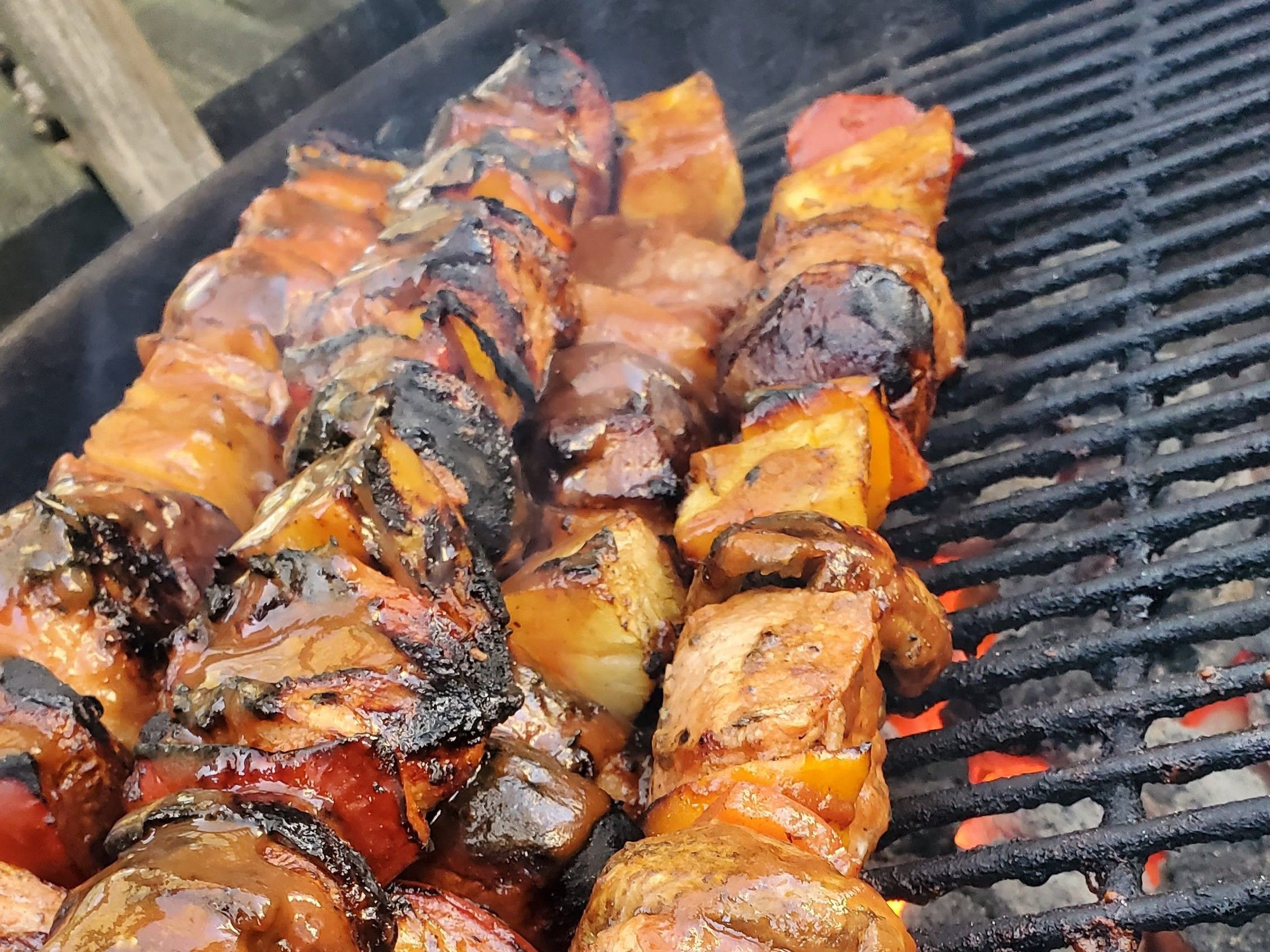Simple Steps to Cooking Fish
June 1, 2023 • 0 comments

Directions
When it comes to cooking fish, here are some essential tips to keep in mind. First, fish generally benefits from high heat and a shorter cooking time. This helps to seal in the flavors and maintain the desired texture. Second, with our fresh frozen fillets, it's important not to overcook them. Aim for a perfect balance where the fish is cooked through but still moist and tender. With these tips, you'll be able to create delectable fish dishes that are sure to impress.
Wild-Caught Fish options are available at Jake's.
Below you will find some additional details for specific methods of cooking:
- Baking:
- Preheat the oven to 400-450 degrees.
- Place the fish on a foil-lined baking sheet.
- To prevent the skin from sticking, you can lightly oil the foil.
- Season the fish with salt, pepper, butter, dill, or any fresh herbs according to your preference.
- Bake the fish for 6-10 minutes for each inch of the thickest part of the fillet.
- This method is great for a simple and flavorful result.
- Broiling:
- Preheat the broiler and adjust the rack to a position about 4-5 inches from the heat source.
- Season the fish fillet with your preferred seasonings.
- Place the fillet on a broiler pan or a foil-lined baking sheet.
- Broil the fish for 4-6 minutes per inch of the thickest part of the fillet.
- Keep an eye on it to avoid overcooking, as broiling can quickly cook the fish.
- Sautéing:
- Heat butter, oil, or grapeseed oil in a skillet over medium heat.
- Season the fish fillet with desired seasonings.
- Place the fillet in the skillet, skin side down if the skin is intact.
- Sauté the fish using the "10 minutes per inch of thickness" rule. Adjust the cooking time as needed.
- Sautéing with butter adds a delicious flavor, but adding a little oil can help prevent the butter from scorching too quickly.
- Frying:
- If desired, prepare an egg wash by beating eggs in a shallow bowl.
- Dredge the fish fillets through the egg wash, ensuring they are fully coated.
- Next, coat the fillets with seasoned flour or breading.
- In a skillet, heat oil over medium-high heat.
- Fry the fillets for about 4-5 minutes per side or follow the "10-minute" rule for cooking.
- This method is particularly enjoyable with perch fillets.
- Grilling:
- Preheat the grill to medium-high heat or use white coals for an open fire.
- Place the fish fillet on a sheet of foil and season it to your liking.
- Grill the fish for about 5 minutes per ½ inch of thickness. Add 3 minutes for each additional ½ inch of thickness.
- The skin will stick to the foil, making it easy to slide the fish off for serving.
- Cedar Plank:
- Soak cedar boards in water overnight or for 3-4 hours before grilling.
- Preheat the cedar board on the grill until it starts to smoke and crackle, usually around 3-5 minutes.
- Season the fish with salt, pepper, herbs, and a drizzle of olive oil, or marinate it according to your preference.
- Place the fish, skin side down, onto the warmed cedar board.
- Close the grill cover and cook the fish for approximately 10-12 minutes.
- The surface of the fish will have a smoked appearance when it's done.
- Remove the cedar board from the heat with caution and serve the fish on a plate, including the cedar board, for an enticing presentation.
- Oven Baking w/ Plank:
- Preheat the oven to 350 degrees.
- Preheat the cedar board in the oven for about 5 minutes.
- Place the fish on the preheated cedar board.
- Bake the fish uncovered for 12-15 minutes until cooked to your desired doneness.
- This method allows for gentle baking with the added flavor from the cedar plank.
Mastering these simple steps opens up a world of possibilities for experimenting with various recipes and spices! Once you've gained confidence in cooking fish, you can explore a wide range of flavors and seasonings to create unique and mouthwatering dishes. Remember, the key is to maintain high heat for a short duration and avoid overcooking our fresh frozen fillets. Strive for that perfect balance where the fish is cooked to perfection—flaky, moist, and tender. Embrace the culinary adventure and savor the delightful results that await you!
Don't forget to #showoffyourjakes




